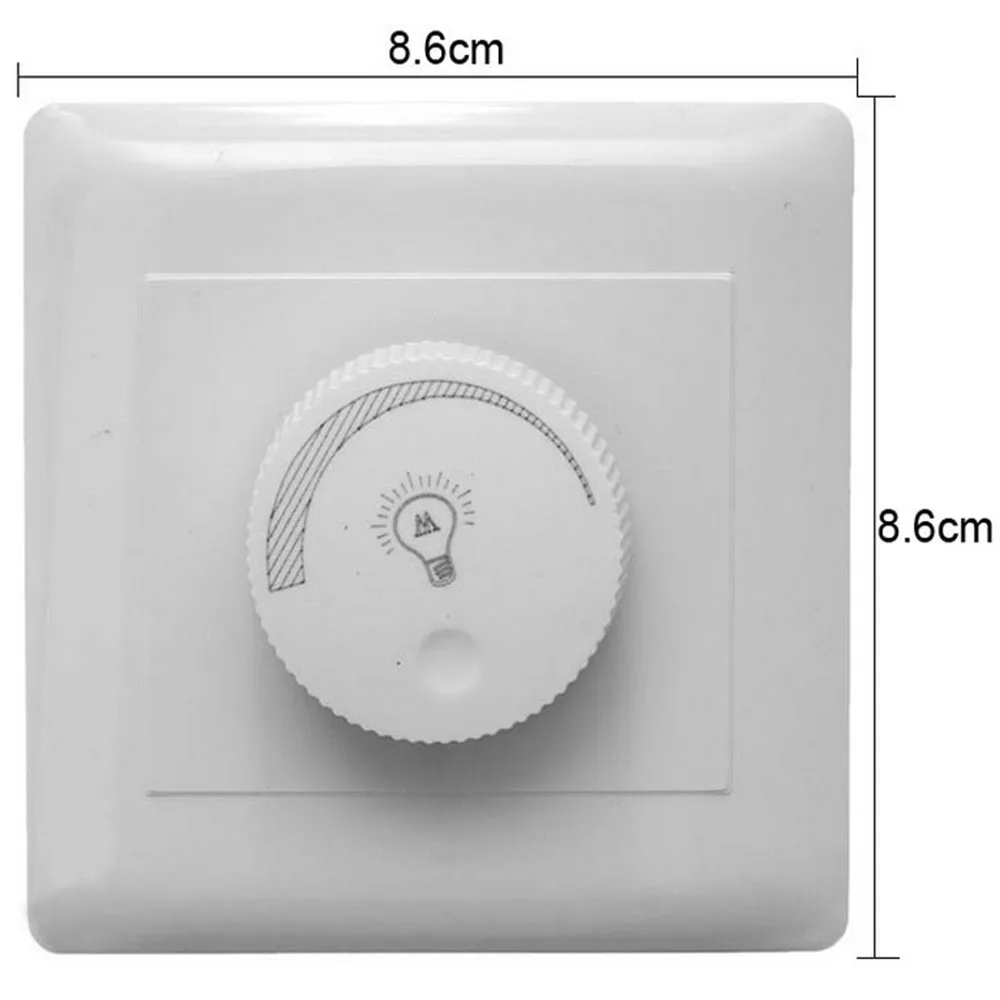

If that did not do the trick, then open Settings (step 1) and select Devices.Then make sure to apply the changes suggested by the troubleshooter (if any) and check if the adaptive brightness issue is resolved.Now, under Power, click on Run the Troubleshooter and follow the prompts to complete the operation of the Power Troubleshooter.

Then, in the right pane, open Additional Troubleshooters, and in the section of Find and Fix Other Problems, expand Power (you may have to scroll a bit to find the Power option).Now select ‘ Update and Security’ and in the left pane, steer to the Troubleshoot tab.In this case, running the built-in Power Troubleshooter may clear the glitch and thus solve the problem. You may encounter the adaptive brightness issue if the Power Options of your system are in an error state or misconfigured. If the issue persists, then repeat steps 3 to 7 for your graphics card in the Display Adapters and check if that resolves the issue.Then reboot your PC and check if the adaptive brightness issue is resolved.Choose Let Me Pick from a List of Available Drivers on My Computer Now, near the bottom of the window, open ‘ Let Me Pick from a List of Available Drivers on My Computer’ and select Generic PnP Monitor.Then select Update Driver and in the window shown, choose: Browse My Computer for Drivers.Now expand Monitors and right-click on the Generic PnP Monitor.If the issue persists, launch the Quick User menu (by simultaneously pressing Windows + X keys) and choose Device Manager.Now check if the adaptive brightness issue is resolved.If you have an OEM utility (like Lenovo System Update), then use that utility to update the drivers. Make sure to check the optional update as well. Update the Windows, drivers (especially, the Graphics driver), and BIOS of your system to the latest build.In this context, updating the Windows, BIOS, and drivers of your system to the latest build may solve the problem. The issue may arise due to the incompatibility between the different OS modules (Windows, drivers, and BIOS) as one of these entities is outdated. Solution 1: Update Windows, Drivers, and BIOS of Your System Furthermore, make sure to disable the Battery Saver (in Settings > System> Battery). Moreover, check if your system does not have a physical button to control this feature (some OEMs do apply this feature through a hardware button). The Enable Adaptive Brightness Toggle Missing in Displayīefore moving on to enable the adaptive brightness, keep in mind that the adaptive brightness feature is only available to those devices/graphic cards that are equipped with a light sensor, so, make sure your device has one. Users have reported adaptive brightness issues (usually, after a Windows update) due to the non-presence of the display toggle in the Power Plan settings, which makes the computer quite difficult to use. Moreover, the adaptive brightness toggle may be missing if the same setting is being managed by the graphics control panel of your system. The adaptive brightness of your system may not work if your system lacks the light sensor or if its essential modules (like Windows or drivers) are outdated.


 0 kommentar(er)
0 kommentar(er)
